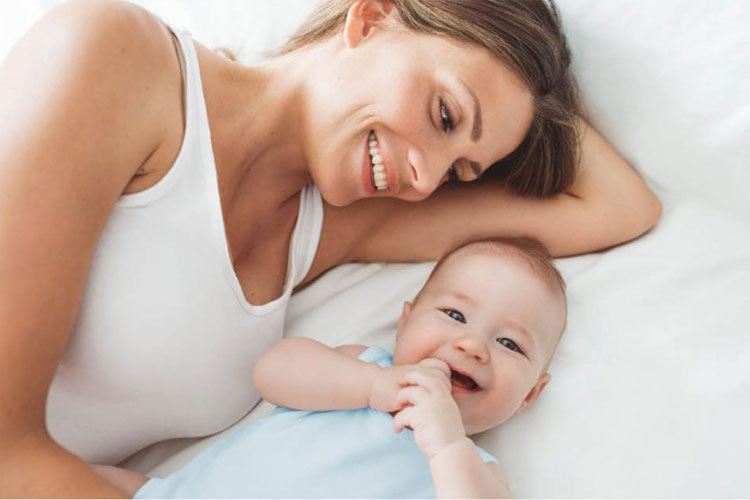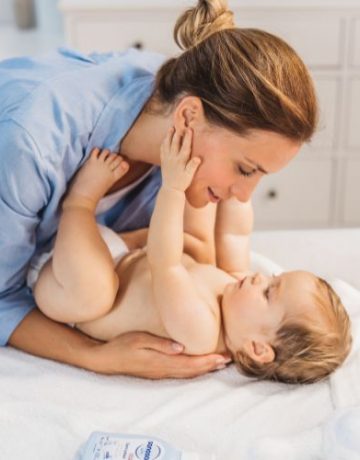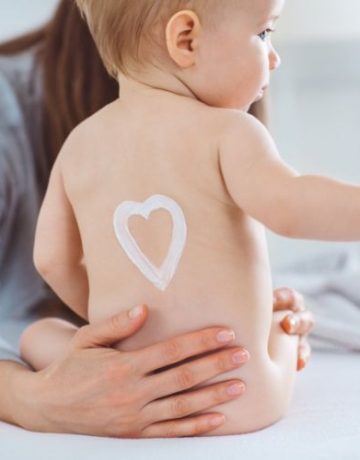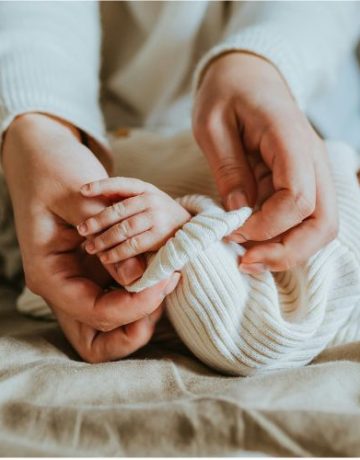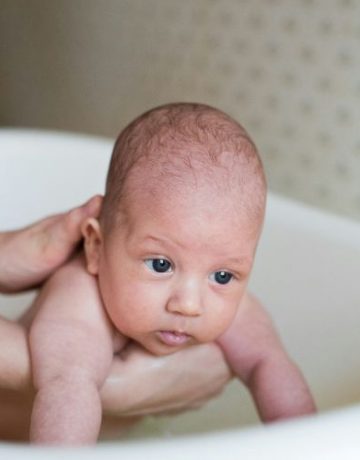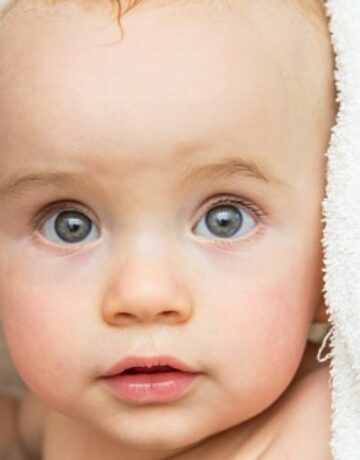Exanthema refers to widespread rashes, often caused by viral infections in children, typically harmless and resolving on their own.
Babies' sensitive skin often develops redness, dryness, or rashes, which can be managed with gentle care and appropriate moisturizers.
Skin rashes in children are common, caused by infections, allergies, or irritants, and may need specific care.
Newborns often develop harmless skin changes like acne or dermatitis that usually resolve on their own.
Choose soft fabrics, mild detergents, layered clothing, UV-protective textiles, and suitable diapers to support your baby’s skin and comfort.
Insect bites in children cause redness, swelling, or itching and usually improve with cooling or mild treatment, but severe reactions or tick bites need medical attention.
Baby skin needs gentle cleaning, suitable products, and careful care for the navel and first bath.
In this article you will learn tips and tricks on the subject of baby care. This includes the basics of swaddling and soothing massages for your little treasure, which you can easily integrate into your everyday life.
